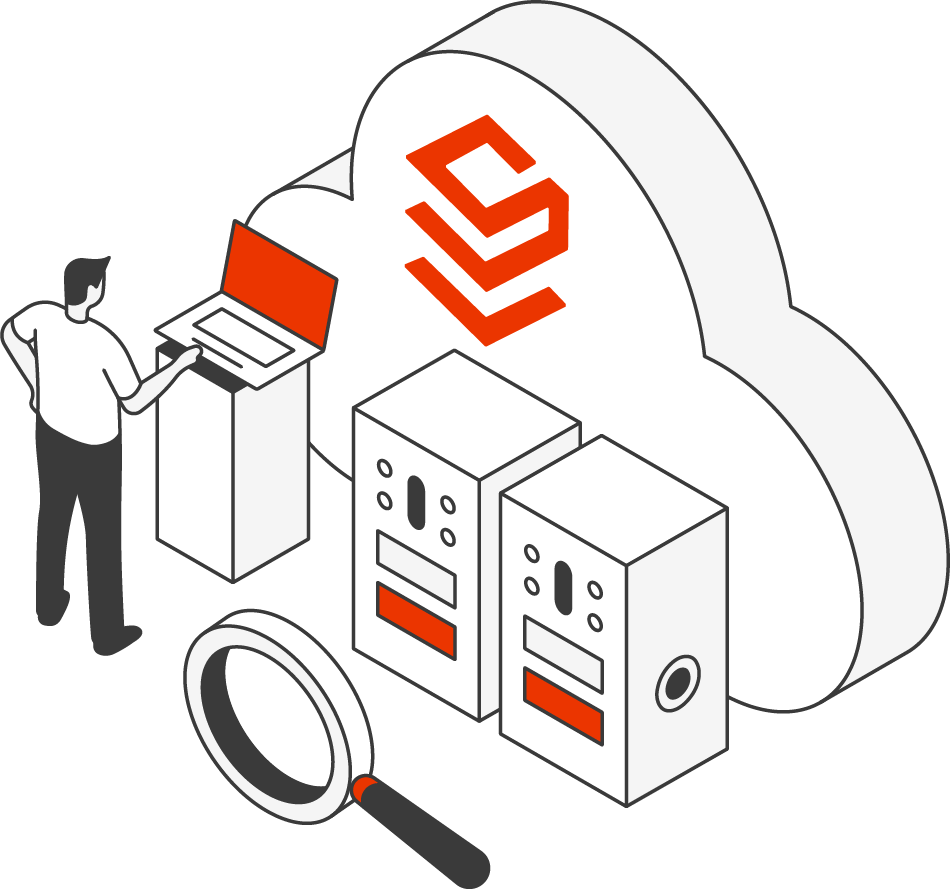For some businesses, downtime is not a critical requirement. Under the Cold Disaster Recovery option, the restoration process starts after the disaster occurs. A new Solr cluster is created and the data and configurations are then restored from a backup file.
The SearchStax Cold Disaster Recovery handles this process for you and uses backup files that are stored in different cloud regions and provides a higher level of recovery than backups stored in the same region. While everyone should maintain regular backups of their deployments, the Cold Disaster Recovery option takes this to the next level by storing the backups in a different cloud region from the primary system. If the production site goes down, we will start a deployment in the same region as the backup and restore it.



